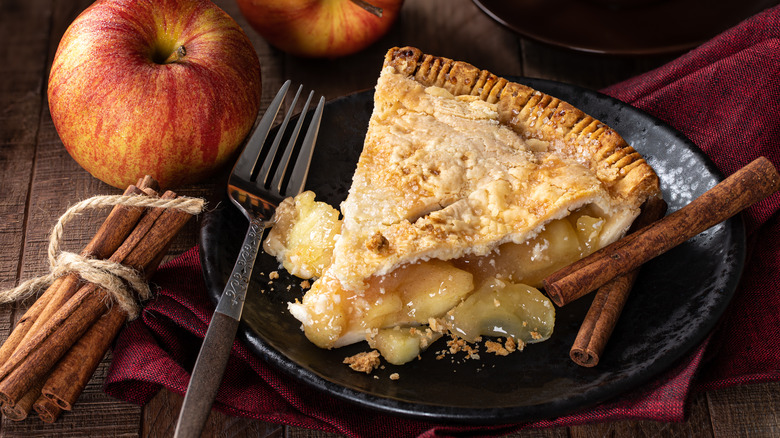Whether you’re looking to bake a delicious pie, prepare a refreshing snack, or create silky smooth applesauce, knowing how to select the right apple variety is key. In this guide, we’ll explore the nuances of apple selection to help you enhance your recipes and achieve the best flavors and textures.
Understanding Apple Varieties
There are over 7,500 apple varieties worldwide, each with its unique flavor profile, texture, and best use. Some are sweet, some are tart, while others have a perfect balance of both. Varieties such as Granny Smith, Fuji, Honeycrisp, and Gala are commonly found in stores and each serves different purposes. Understanding these differences is crucial for choosing the right apple for your particular recipe.

Factors to Consider When Selecting Apples
When choosing apples, several factors come into play including taste, texture, and color. Taste preferences can range from sweet to tart, and texture can vary from crisp and firm to soft and mushy. Additionally, the color of the apple can sometimes signal its ripeness and flavor profile. Moreover, consider how the apple will be used in your dish, as some recipes require specific characteristics.
Choosing Apples for Baking
For baking, such as in pies or tarts, you’ll want apples that hold their shape and don’t turn to mush under high heat. Varieties like Granny Smith, Honeycrisp, and Braeburn are excellent choices. These apples provide that perfect balance of sweetness and tartness, and their firm texture remains intact even after baking.
Choosing Apples for Snacking
When it comes to snacking, look for apples that are juicy and have a satisfying crunch. Popular snack varieties include Fuji, Honeycrisp, and Gala. These apples are sweet, refreshing, and have a delightful texture that makes them perfect for enjoying raw and unadorned.
Choosing Apples for Sauces and Purees
For sauces and purees, you’ll want apples that break down easily when cooked. Varieties such as McIntosh, Golden Delicious, and Jonathan are ideal for these purposes. Their softer texture ensures a smooth consistency without the need for prolonged cooking times.

Buying Organic vs. Conventional Apples
The debate between organic and conventional apples stems from concerns about pesticide use and environmental impact. Organic apples are grown without synthetic pesticides and tend to have a more natural taste. However, conventional apples are often more readily available and affordable. Ultimately, the choice depends on your personal preferences and priorities regarding health and sustainability.
Storing Apples for Maximum Freshness
Proper storage is key to maintaining the freshness of your apples. Store them in a cool, dark place preferably in the refrigerator’s crisper drawer where they can stay fresh for weeks. Keep apples away from other produce, especially bananas, which emit ethylene gas and can cause apples to ripen prematurely.
Common Mistakes to Avoid When Picking Apples
One common mistake is choosing the wrong variety for your recipe, which can result in a dish that’s too sweet, too mushy, or lacking in flavor. Another mistake is not checking for ripeness; underripe apples can be overly tart and hard, whereas overripe apples can be mealy. Additionally, storing apples improperly can lead to early spoilage.
Conclusion: Enhance Your Recipes with the Right Apple
Choosing the right apple for your recipes can significantly enhance the taste and texture of your dishes. By understanding the various apple varieties and considering factors like taste, texture, and proper storage, you can ensure that your culinary creations are top-notch. Next time you’re at the store, choose wisely, and elevate your recipes with the perfect apple.





